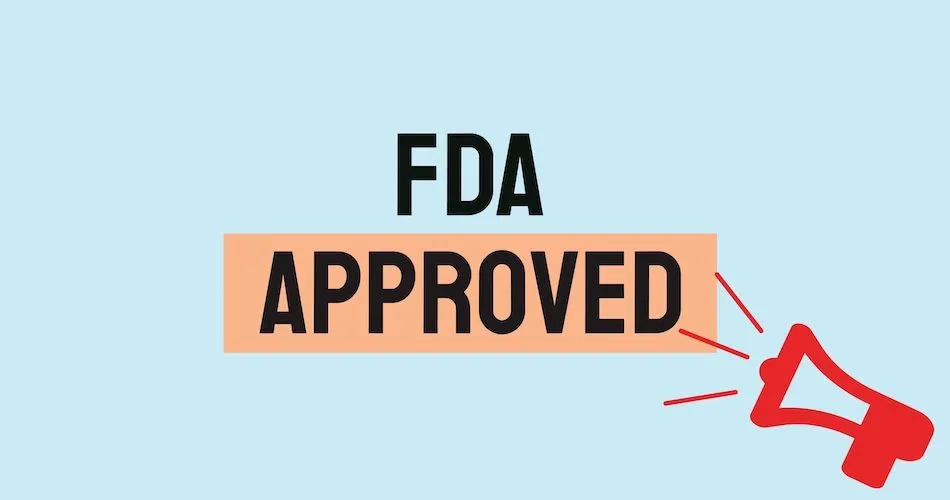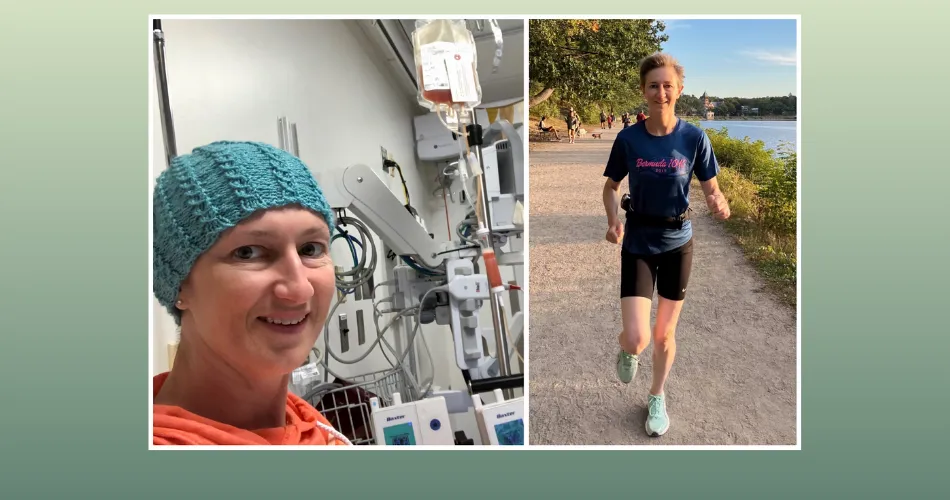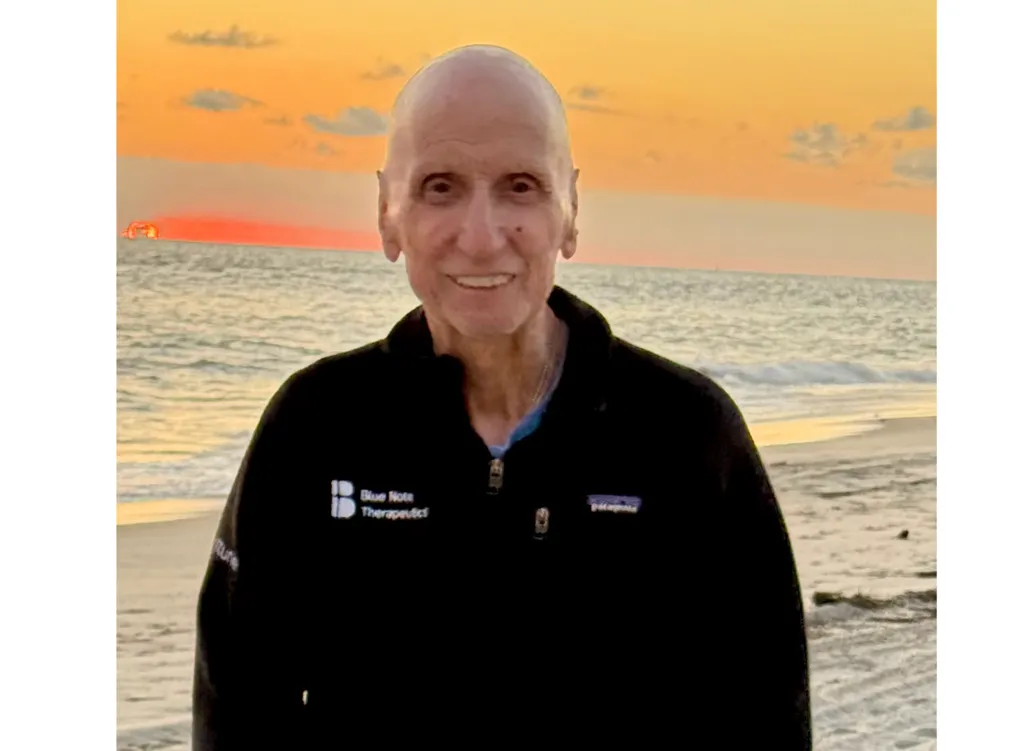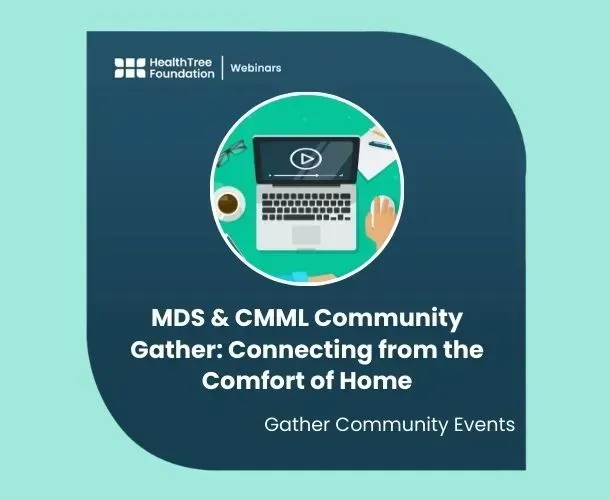FDA Approval Update: Jakafi Approved for Chronic Graft vs Host Disease

On September 22nd, Jakafi (ruxolitinib) received FDA approval for the treatment of chronic graft-versus-host disease (GVHD), providing patients with another option to manage this potentially debilitating condition post allogeneic stem cell transplant. This treatment can be used in those with moderate to severe chronic GVHD who do not respond to frontline steroids in adult and pediatric patients 12 years and older.
REACH3 Trial Results
The data that allowed for this approval came from the phase 3 REACH3 trial. Researchers reported an overall response rate (ORR) – or proportion of patients whose disease responded to therapy – of 49.7% after 24 weeks with Jakafi compared with 25.6% with the best available therapy (BAT). On cycle seven, day one, the overall response rate (ORR) was 70% with Jakafi and 57% with the best available therapy (BAT). Patients within the BAT group during the trial may have received one of at least 10 different treatments. Patients treated with Jakafi also had greater improvements in self-reported symptoms compared to the BAT group (24.2% vs. 11.0%). Individuals on Jakafi had better outcomes regardless of the individual organs affected at baseline.
Jakafi has been used in several groups of patients for many years. It has been previously FDA approved for myelofibrosis, polycythemia vera and was approved for the treatment of acute GVHD in 2019. Because Jakafi has been used for a number of years, the side effect profile is well known with the most common being low blood counts and infection.
Graft vs Host Disease (GVHD)
GVHD is a condition that can occur after an allogeneic stem cell transplant (the transfer of stem cells from a donor) where the donated cells cause an immune response and attack the transplant recipient’s organs, leading to significant symptoms and potentially serious complications. There are two forms of GVHD, acute, which generally occurs within the first 100 days after transplant, and chronic, which generally occurs more than 100 days after transplant. GVHD can affect many areas of the body including the skin, digestive tract, eyes and liver and cause symptoms such as fatigue, weight loss, jaundice (yellowing of the skin), rash and stiff joints. Approximately 30-70 percent of patients receiving an allogeneic stem cell transplantation develop chronic GVHD and many do not respond to steroid therapy. Since GVHD can be a chronic condition, it may last for years or even a lifetime.
Progress is Still Necessary
Despite this approval, more work needs to be done to develop more active and effective therapies for chronic GVHD. Researchers are currently working on ways to prevent GVHD from occuring in the first place as well as reversing the effects of chronic GVHD after it occurs.
On September 22nd, Jakafi (ruxolitinib) received FDA approval for the treatment of chronic graft-versus-host disease (GVHD), providing patients with another option to manage this potentially debilitating condition post allogeneic stem cell transplant. This treatment can be used in those with moderate to severe chronic GVHD who do not respond to frontline steroids in adult and pediatric patients 12 years and older.
REACH3 Trial Results
The data that allowed for this approval came from the phase 3 REACH3 trial. Researchers reported an overall response rate (ORR) – or proportion of patients whose disease responded to therapy – of 49.7% after 24 weeks with Jakafi compared with 25.6% with the best available therapy (BAT). On cycle seven, day one, the overall response rate (ORR) was 70% with Jakafi and 57% with the best available therapy (BAT). Patients within the BAT group during the trial may have received one of at least 10 different treatments. Patients treated with Jakafi also had greater improvements in self-reported symptoms compared to the BAT group (24.2% vs. 11.0%). Individuals on Jakafi had better outcomes regardless of the individual organs affected at baseline.
Jakafi has been used in several groups of patients for many years. It has been previously FDA approved for myelofibrosis, polycythemia vera and was approved for the treatment of acute GVHD in 2019. Because Jakafi has been used for a number of years, the side effect profile is well known with the most common being low blood counts and infection.
Graft vs Host Disease (GVHD)
GVHD is a condition that can occur after an allogeneic stem cell transplant (the transfer of stem cells from a donor) where the donated cells cause an immune response and attack the transplant recipient’s organs, leading to significant symptoms and potentially serious complications. There are two forms of GVHD, acute, which generally occurs within the first 100 days after transplant, and chronic, which generally occurs more than 100 days after transplant. GVHD can affect many areas of the body including the skin, digestive tract, eyes and liver and cause symptoms such as fatigue, weight loss, jaundice (yellowing of the skin), rash and stiff joints. Approximately 30-70 percent of patients receiving an allogeneic stem cell transplantation develop chronic GVHD and many do not respond to steroid therapy. Since GVHD can be a chronic condition, it may last for years or even a lifetime.
Progress is Still Necessary
Despite this approval, more work needs to be done to develop more active and effective therapies for chronic GVHD. Researchers are currently working on ways to prevent GVHD from occuring in the first place as well as reversing the effects of chronic GVHD after it occurs.

about the author
Kerith Amen
Kerith joined HealthTree Foundation as a Community Co-Director for AML in 2022. She is a mother to a spirited eight-year-old daughter, Adair, and their beloved rescue, Violet. She lost her best friend and husband, Rob, to AML in March 2018. Kerith wishes she had a resource such as HealthTree for AML during Rob’s illness. She is a strong supporter of HealthTree's mission. She hopes that by sharing her experience, she may help other patients and caregivers navigate an AML diagnosis.
More on Treatment Advances

Get the Latest Acute Myeloid Leukemia Updates, Delivered to You.
By subscribing to the HealthTree newsletter, you'll receive the latest research, treatment updates, and expert insights to help you navigate your health.
Together we care.
Together we cure.
3x Faster.












